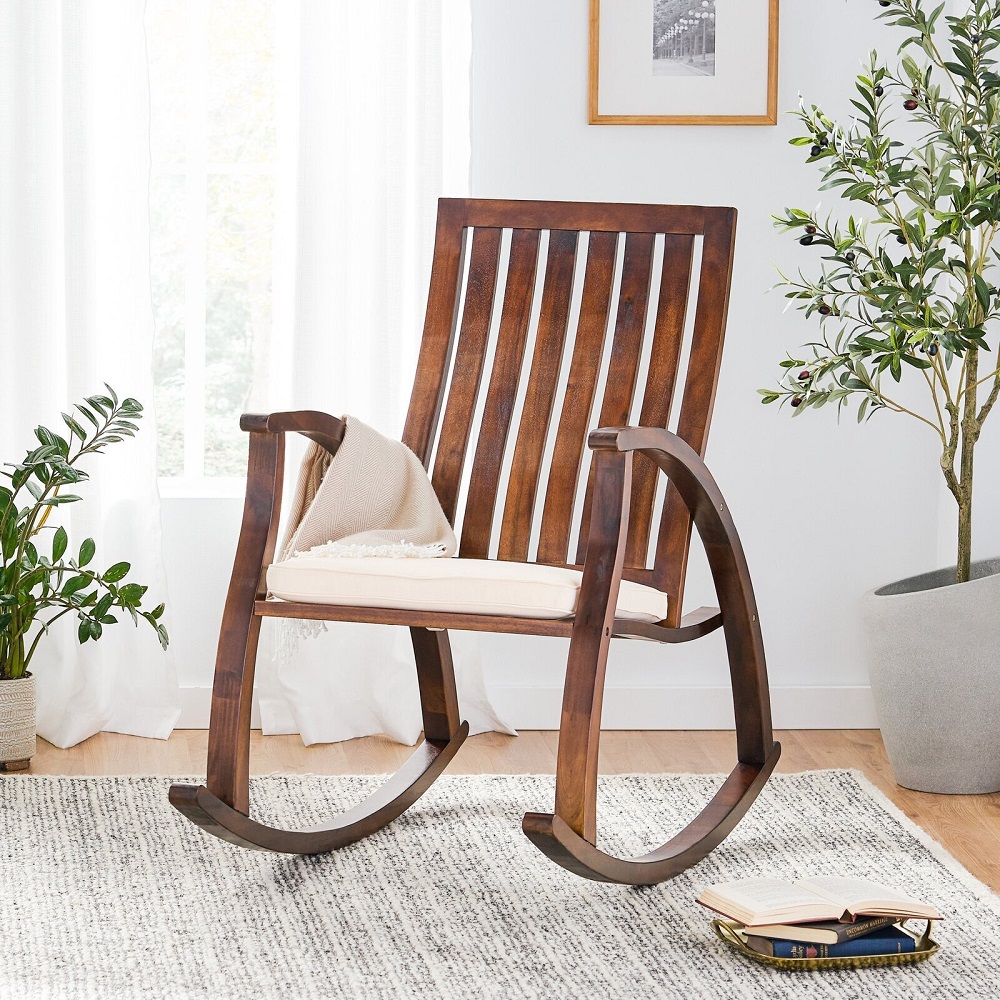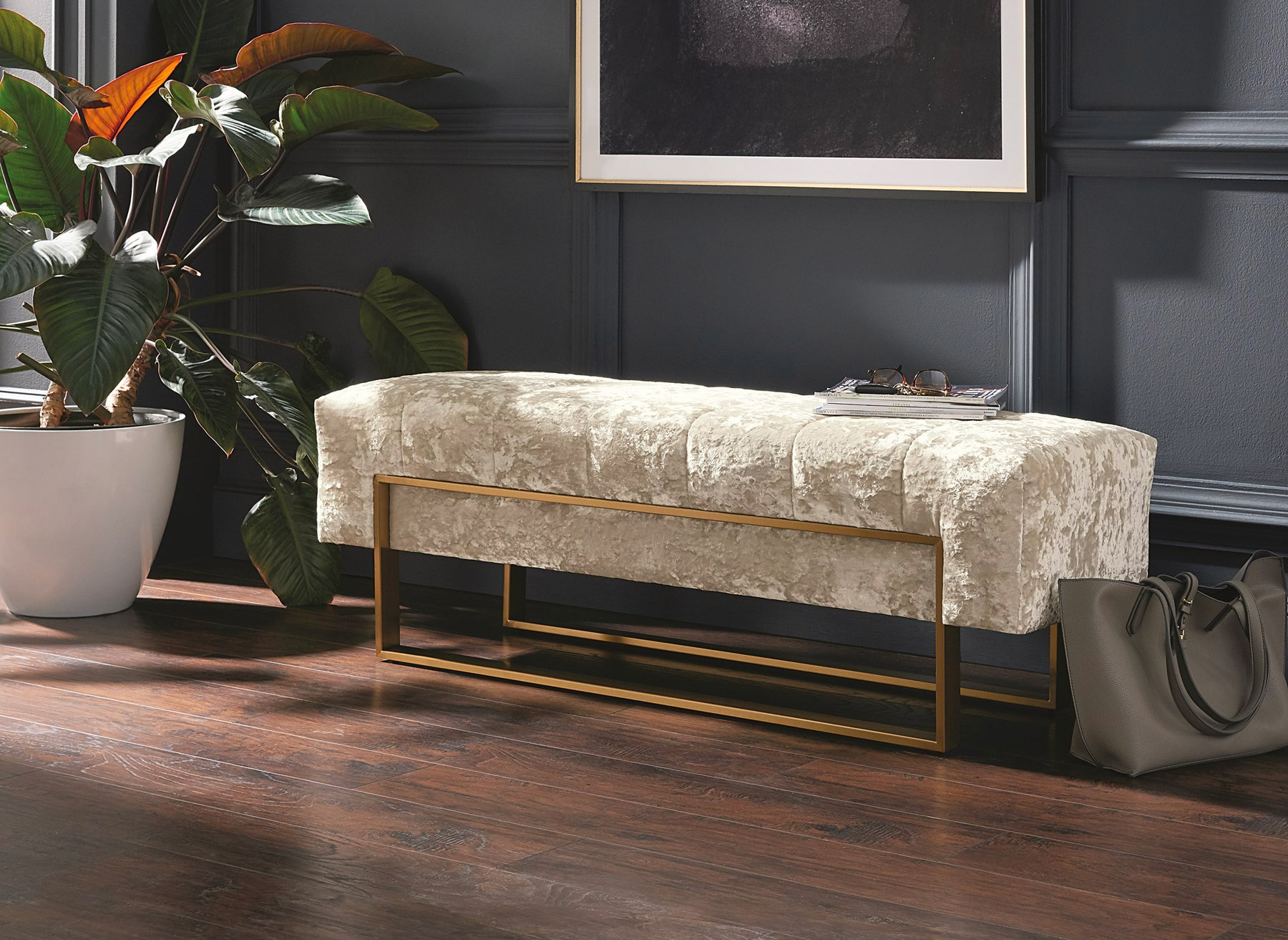Choosing the Best Dining Room Rug Materials
Selecting a rug to anchor your dining space requires considering more than just beauty. Rug materials determine durability, stain resistance, chair mobility and long term cost per use. Assess these performance factors when evaluating options to furnish form and function under your table.
Most Durable Rug Fibers
Rugs woven from synthetic fibers like polypropylene (olefin) or nylon withstand heavy foot traffic and shifting chair legs better over time. The strong non-porous piles resist shedding, crushing and everyday wear from regular use. Sturdy jute rugs also handle frequently moved dining furniture without significant fraying or table imprints sinking in.
While gorgeous, wool and silk hand knotted rugs prove less durable around unpredictable dining conditions long term. Their delicacy shows scratch scuff marks and ends up requiring expensive expert washing for upkeep.
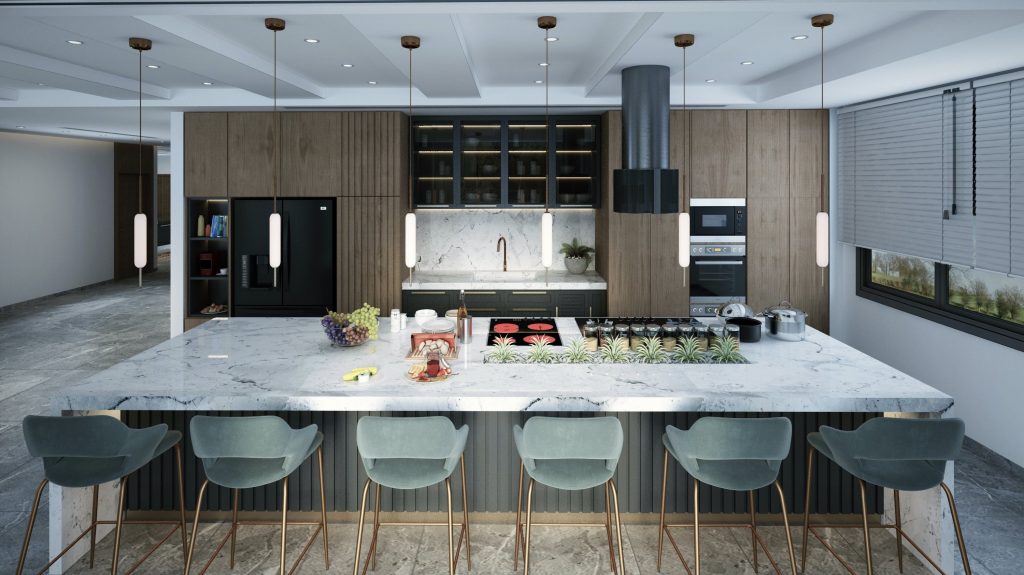
Quick Cleaning & Stain Removal
Flatwoven wool or cotton easily release fresh spills before staining sets if you catch them quickly. Unfortunately, these fabrics still absorb liquids overall. For best stain resistance, polypropylene and nylon dining rugs clean up easiest. With soda, wine or sauce spills – simply blot then use club soda or diluted vinegar to spot treat.
Rugs made with acrylic, polyester or their blends also resist deep, stubborn staining better than porous natural fibers. Just avoid rubber backed versions – liquid seepage underneath leads to mold issues.
Rug Materials for Dining Tables: Pile Height Impact
Low pile and flatwoven rugs allow easiest mobility for rolling chair legs or caster wheels. Their tight construction prevents snagging furniture feet like loop, shag or high pile rugs might. Yet bare floors require something offering non-slip grip ,so chairs don’t slide out from under.
Try a multi-level loop pile for functionality. Or install a flatwoven rug then layer a cushy shag piece on top. This protects floors while softening the surface people sit/stand on for added comfort.
Cost-Effective Natural Lookalikes
For appearance of luxe wool or silk on a budget, polypropylene (olefin) offers a realistic feel and sheen. Acrylic mixed wool/nylon blends mimic high end counterparts at lower price points. Or choose viscose made from renewable bamboo sources for beautiful drape and luster like silk.
If you prefer natural fibers – seagrass and abaca rugs offer durability closer to synthetics but with organic texture. Blend durability with vibrant designs by opting for enhanced polyester-acrylic combinations rather than pure natural wool or cotton.
Assess both aesthetic desires and performance needs unique to your dining room traffic, usage and upkeep capabilities. Determine priorities before selecting area rug materials for the optimal balance of beauty, utility and affordability in your space.
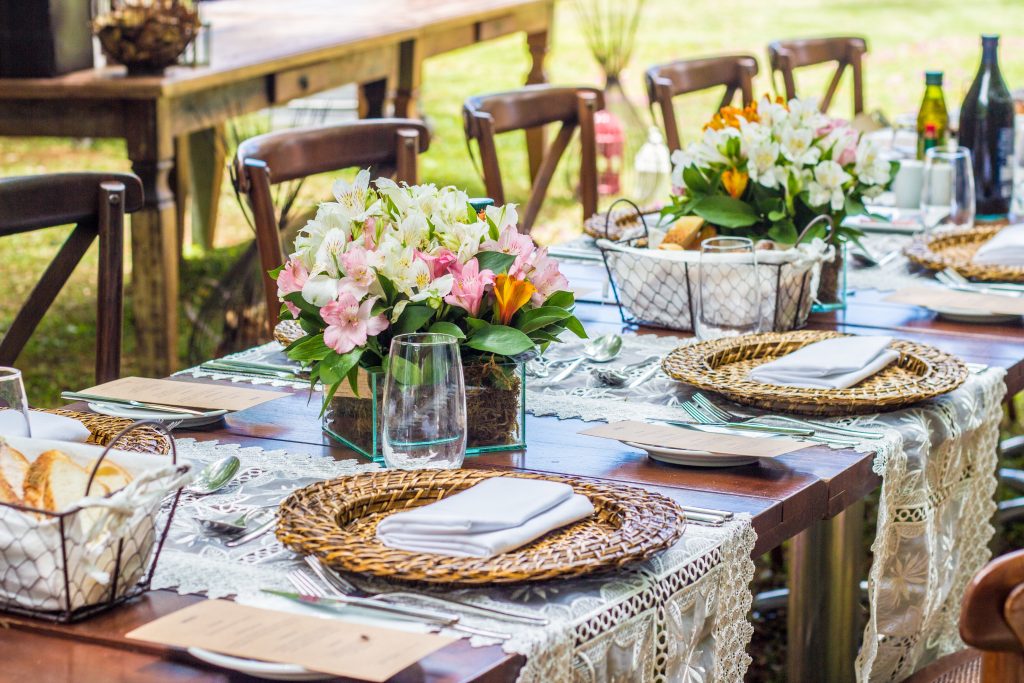
Warming Up Wood Dining Rooms With Natural Fiber Rugs
Beyond merely ornamental floor decor, dining area rugs must endure heavy activity daily. Assess functional factors like traction, sound absorption and durability guarantees when selecting materials for spaces hosting lively gatherings. Discover how natural jute, sisal and wool rugs complement wood furnishings while enhancing livability.
Complementing Rustic Wood Aesthetics
Jute and sisal rugs beautifully accentuate raw wooden furniture in primitive styled farmhouse and rustically themed dining rooms. The organic uneven yarns and natural earthy palette meld flawlessly with oak, pine or acacia trestle style tables and woven seat chairs. Both fibers resist damage from hot serving platters or trickling candle wax falling onto surfaces during festive holiday meals.
For a touch of softness underfoot, flatwoven wool rugs offer plushness while harmonizing nicely thanks to their organic properties. Just take care around red wines or berry juices which may permanently stain light hued wool.
Improving Traction and Stability
Smooth hardwood or tile flooring causes a problematic slippery surface for rug-less dining areas. Placing natural fiber pieces like jute and sisal underneath tables provides much needed grip and stability. This prevents slippage when guests scoot chairs out repeatedly to be seated. Even heavy bench style seating stays firmly planted rather than perpetually inching forward.
Install quality felt or rubber rug pads underneath to prevent creeping on especially slick marble, concrete or linoleum. This also helps rugs lie flat rather than bunching up in high traffic dining zones.
Noise Dampening Abilities
The woven density and layered cushion backing of wool dining rugs substantially absorbs ambient noise in loud social settings. This prevents you having to shout conversations during hectic gatherings and minimizes echo reverberation in open concept homes.
Jute and sisal also muffle audible clamor to a lesser degree while avoiding a vacuumed appearance. Their casual construction wears beautifully over time – becoming even softer as natural fibers compress with use.
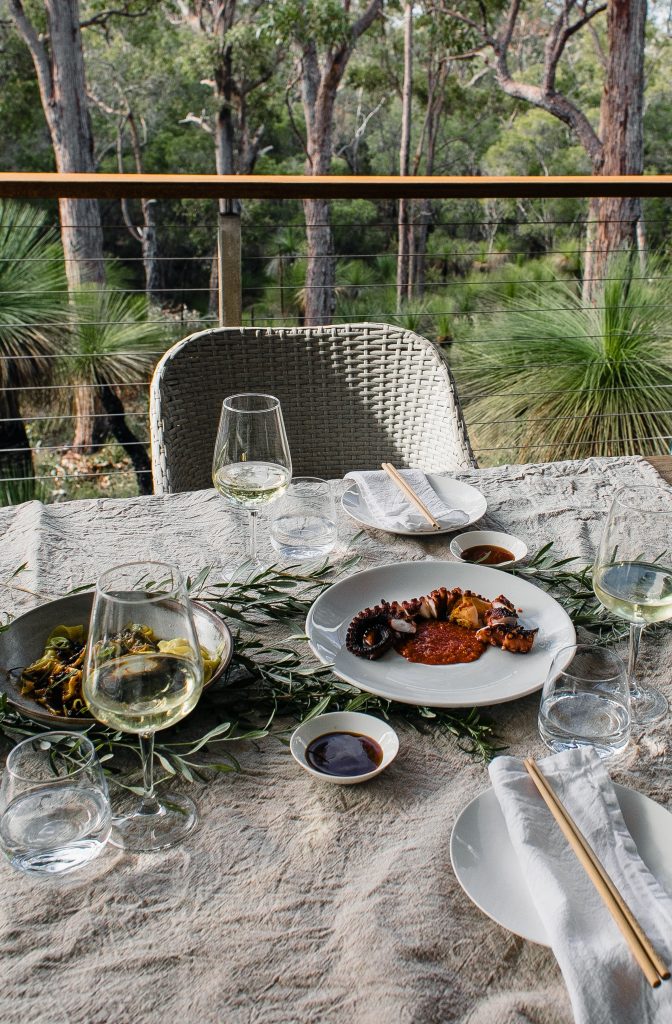
Signifying Premier Craftsmanship
Seeking the hallmarks of lasting luxury? The Woolmark Company certifies quality construction and materials standards have been met for merino wool dining rugs. Products granted their red tag seal signify premier grade wool that must pass stringent durability testing. This assures a substantial 10+ year lifespan despite intensive dining room demands – worthy of the investment.
Likewise, the Sisal Wool & Jute Organization’s blue DWJ tag verifies responsible processing for dining rugs made with these distinctive natural fibers. Labels denote ethically handcrafted production free from undesirable chemicals or exploitatively harvested dye plants. Certification confirms hardwearing performance expected from conscientious natural rug brands.
Choose consciously created fiber floor coverings to beautify bare wood dining room spaces functionally for years beyond. Determining quality seals and seller guarantees ensures value parity with rug life longevity.
When embarking on selecting the ideal area rug to anchor your dining space functionally and beautifully, material composition stands paramount. Fibers determine the balance of beauty, utility and affordability that best serve your lifestyle needs.
While lush wool and ornate silk rugs reign supreme aesthetically, their investment may not warrant diminishing returns considering the abuses endured surrounding active dining furniture. Synthetics like durable polypropylene and stain-resistant nylon bridge the gap blending visual warmth with low maintenance practicality.
Tap into universal materials like jute and seagrass for organic texture with the resilience to withstand heavy use over time. Those favoring a unified visual story can choose sisal or hemp area rugs to complement wooden farmhouse style dining tables naturally.
Incorporate sound dampening wool layers or grippy latex rug backing to boost functionality as needed. Seek out quality accreditation seals signifying premier grade materials vetted to outlast and outperform.
Remember – while initially tempting to focus strictly on the appearance of dining space rugs, the rug materials used, certifications earned, and benefits offered determine the true value measure. Select substances wisely not based just on beauty, but also on how well they functionally serve your household’s needs beyond the surface.







